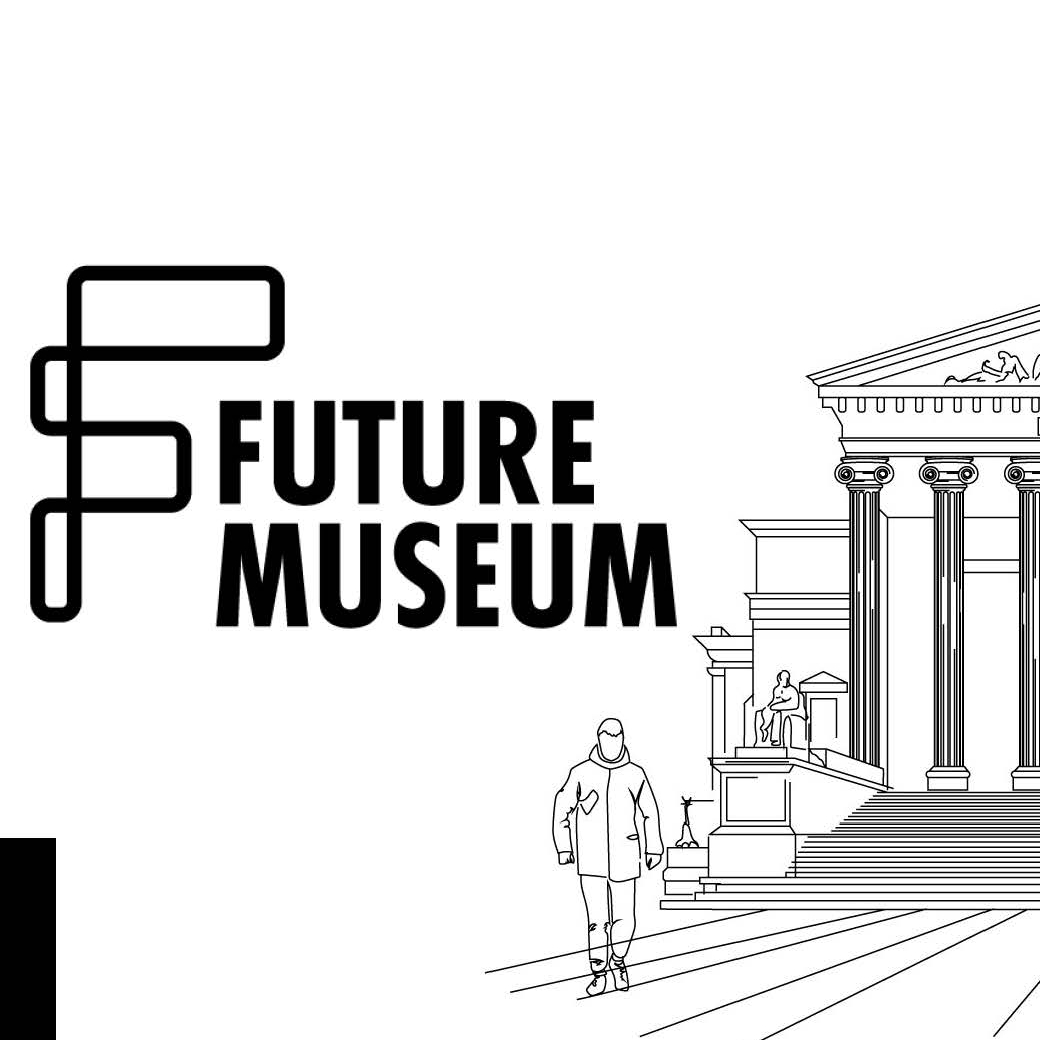
Background: Changing expectations of museum visitors
The expectations of museum visitors are changing in line with trends in society, influenced by the eco-system in which museums exist today. New technological developments are all becoming part of the museum world, and these trends have a significant impact on what visitors want to see in museums and what can surprise or disappoint them inside the museum space. Museum specialists need to stay on top of these developments; and institutions need to adapt to the changes. Digital technologies allow exhibition spaces to become more attractive and interactive.
Project Description: International collaboration of scientists and practitioners investigates trends in museums
Against this background the goal of the project “Future Museum II” is to support museums in applying cutting-edge know-how in their strategic planning and to expand the network of museum leaders, public authorities, donors and suppliers for the exchange of ideas and for collaboration. Over a period of 24 months, an exclusive group of 34 cultural institutions from 15 countries will – guided by MUSEUM BOOSTER – collaborate to identify key trends in museums. The main research fields include audience development, cross media development and digitization and management. Scientists and practitioners are jointly investigating what makes a museum visit interesting, how digitalization in combination with storytelling and emotion design can enhance the visitor experience, and what is the best way to implement digitalization in the management field. The Alimentarium (the Swiss Food Museum), the Royal Museum of Fine Arts (Netherlands), Heureka (the Finnish Science Center), and the Central Museum Utrecht (Netherlands) in particular, serve as case studies.
Project Tasks: Survey to identify visitors expectations
Within the topic of audience development, the Innovation Acceptance Unit of Fraunhofer IMW focuses on investigating potential target groups for museums, examining their needs and expectations in regards to the use of digital technologies to improve the visitor journey. The aim is to identify the crucial factors that are relevant for the attractiveness of a digital or physical visit to a museum based on a representative population survey in Germany and a second country. The results of the survey provide direct input for the research on the topic of the cross media development and the digital design of the visitor journey. The main goal here is to identify promising concepts and technical solutions to meet visitor expectations. The suggested approach is a qualitative investigation in close collaboration with the case study museums.
